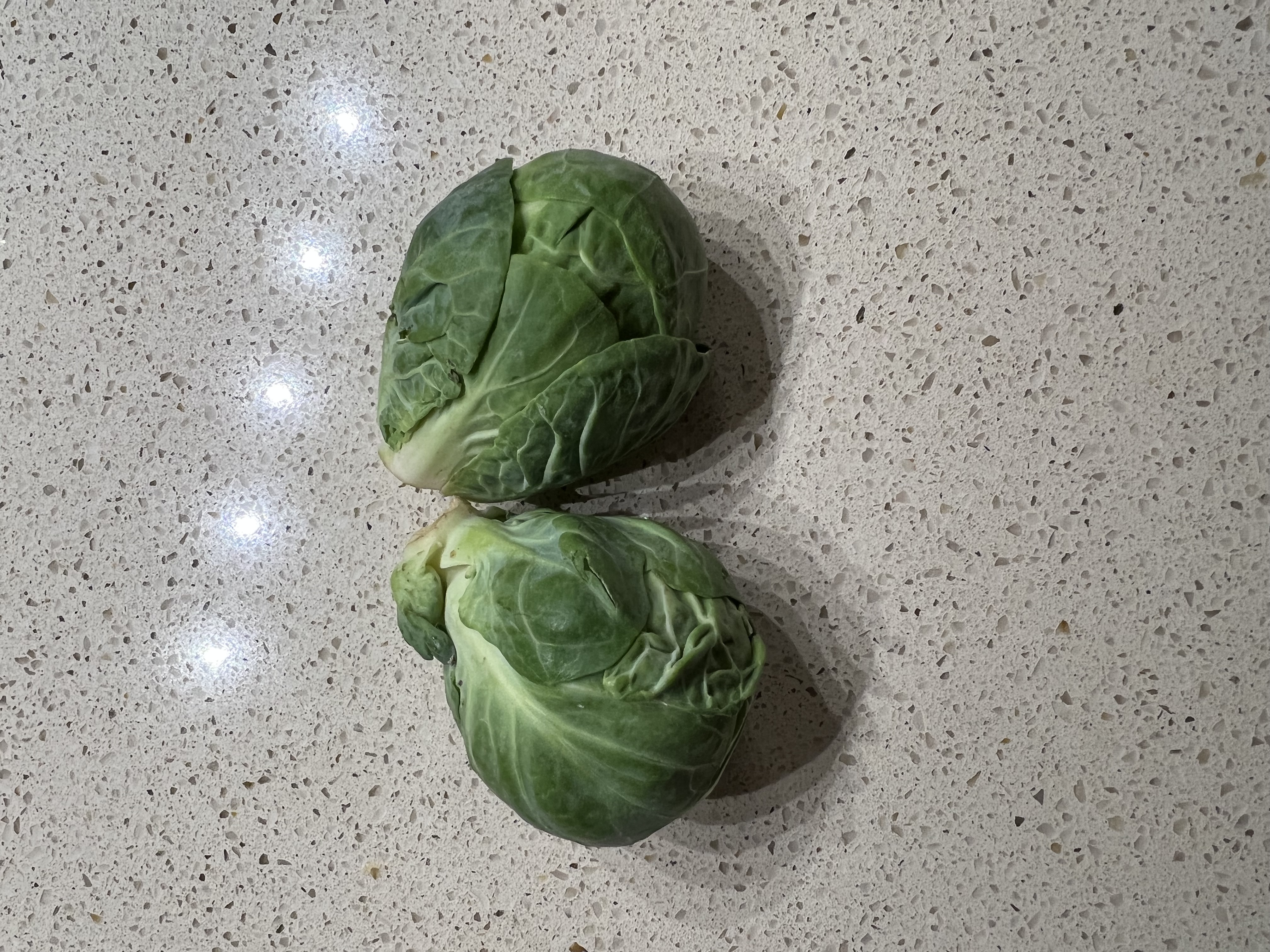I see a lot of people claim they tune/calibrate their printer any time they use a new spool of filament. But does anyone actually do this? It feels like a waste of time when filament is so consistent, even between brands. I can understand doing it for specialty rolls, but for basic pla? Seems unnecessary
Reading the answers make me feel bad about myself.
I never really calibrated my printer. I have a BLTouch so I rarely have to level the bed, I correct the Z offset when my prints start failing, and that’s pretty much it.
I should probably start taking printing more seriously.
If you’re happy with your prints, then no need to calibrate IMO. I think calibration is only necessary when you see a problem or want the best possible prints you can get. But personally, I don’t care too much if a print isn’t perfect, as long as it works
Nah, there’s nothing wrong with that. I’m the same type as you and just print until something goes wrong. While I enjoy the journey of 3D printing, what I really love is the results. As long as you get the result there’s no need to tinker unless you just really love that aspect.
God no, way too lazy for that lol. It probably does help though.
I print a temp tower for every new brand I get and save that as a profile. Has worked fine for me for years
New brand seems reasonable. I still don’t even do that, but I also don’t care too much if it’s not a perfect print haha
Same here. New brand, new temp tower. Maybe a new color if on the spool it looks different.
I don’t do it for every spool, but I’ll generally tune for each brand I have. Elegoo’s PLA prints different than IIID Max PLA+, so I have profiles for both. I’ll only tune a new spool if it’s not printing well with the brand’s profile
Could be semantics but I configure (tune?) my profile to brand and color and leave it unless a roll is printing oddly. Basically, I’m looking for adjustments to flow, retraction speed and distance. Overture black and white are the same but recently used a hot pink and bright green from two different manufacturers where my Cura Overture Black/white profile sucked.
I rarely ever do, honestly I use the “Prusament” defaults in prusaslicer for all of my rolls of various types, and never really have any issues. Unless it’s something like a silk or specialty type of filament.
Heck no. I’ve got a baseline profile that’s good enough and tweak if something is obviously wrong.
These days I just want to print with as little fuss as possible. Think a BambuLab printer is in my future.
Being a lazy type, I only do it per-material, and then only crudely. Which is part of the reason my PETG prints tend to be a bit on the stringy side, I’m sure—I’ve just never bothered to tune the retraction properly.
Ain’t nobody got time for that.
Not really, I usually run a test print. But I have noticed that sometimes a different color will need different settings, even if it’s the same material and brand.
One thing that I do for every roll is to put an ID number on it and weigh it, and put that into a database. That way I have a good estimate of whether or not I have enough filament for a project.
I tune whenever I start getting failures, or if I completely switch materials. For example, with petg, it works better to have a thicker initial layer so I’ll raise the z offset a bit going from pla to petg, and the opposite going back.
But I’ve gone through multiple rolls without needing to tune.
This sums it up perfectly for me too.
I tune whenever I start getting failures
Not unless I notice it printing poorly
I didn’t on my FlashForge CreatorPro unless I had an issue, but I do on my BambuLab X1C - but that’s because it’s a fully automated process using the built in lidar.
Automatic flow calibration is so nice. I don’t use any of the other “smart” features, but it’s worth the extra cost just for that.
I just do it for new brands or colors. Though if a roll is giving me a hard time I’ll do some checks.
I just start printing with a profile that looks close enough - I’ll see soon enough if I need to change something, and more often than not it comes out good enough. (Not just for PLA - I pretty much don’t print that anymore - but any material)








